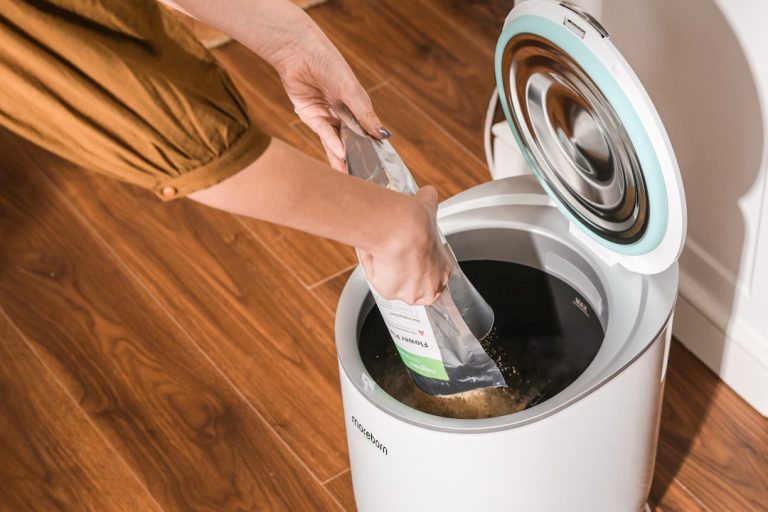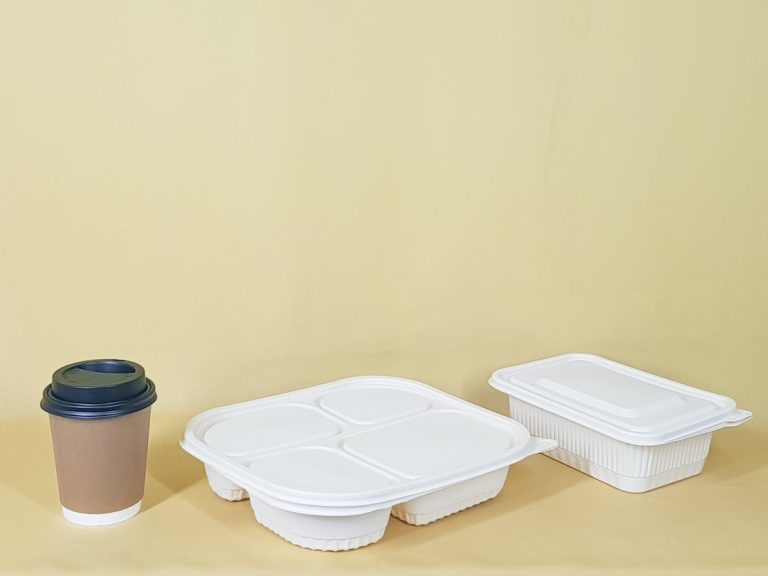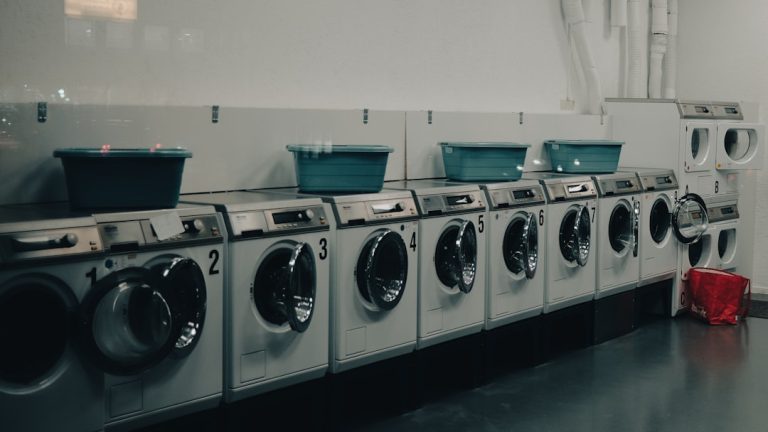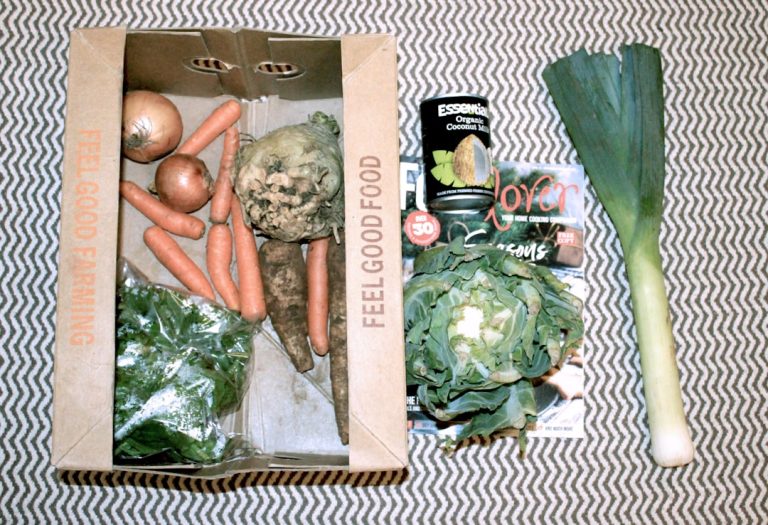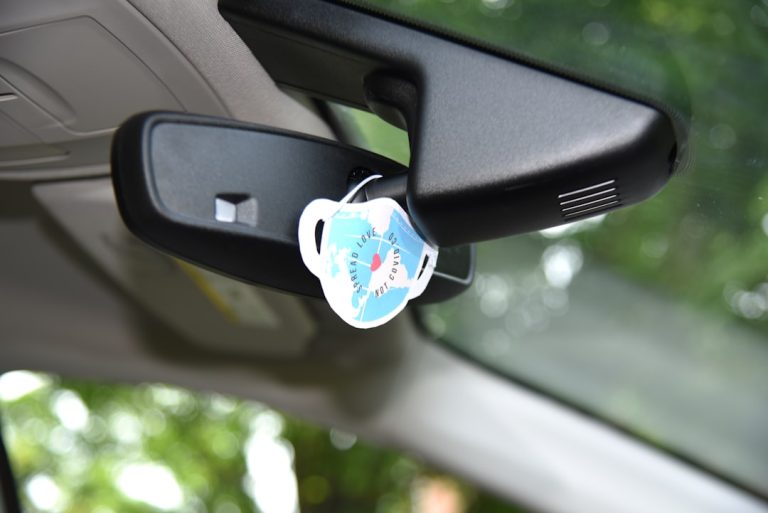My Experience with Fabric Scraps and Textile Recycling.
My Experience with Fabric Scraps and Textile Recycling
For years, my sewing room, like many creative spaces, was a sanctuary of vibrant colors and textures. But beneath the ordered chaos of patterns and pins lurked a growing shadow: the mountains of fabric scraps. Bits of cotton, slivers of linen, awkward triangles of denim, and even tiny squares of silk accumulated in bins, bags, and forgotten corners. Initially, they were just “too good to throw away” – promising future projects that rarely materialized. This burgeoning collection sparked not just a desire for tidiness, but a profound realization about textile waste, leading me down a path of discovery into the often-overlooked world of fabric recycling and repurposing. This isn’t just about tidying up; it’s about understanding my role in a larger ecological picture, one stitch and scrap at a time.
The Unseen Piles: How My Fabric Scraps Began to Multiply
Every sewing project, no matter how small, leaves behind remnants. A new dress means armhole cut-outs; a quilt, a pile of trimmings; mending, small patches. For a long time, I viewed these as unavoidable by-products, neatly tucking them away with the vague notion that they’d be useful someday. My “someday” pile, however, became an unruly beast. It started with a few shoeboxes, then graduated to dedicated storage bins, and eventually, a substantial portion of my craft space was dedicated to these textile orphans. The sheer volume became impossible to ignore. I started to feel a genuine sense of guilt, seeing all that potential material, much of it still beautiful and perfectly usable, destined for an uncertain future.
This accumulation wasn’t just aesthetic clutter; it represented a tangible waste of resources. I’d invested time, money, and creative energy into choosing and working with these fabrics, only to discard a significant percentage. It became clear that simply collecting them wasn’t a solution; it was merely postponing the inevitable. This personal struggle with overflowing scrap bins was my first real, tangible encounter with the broader issue of textile waste, prompting me to look beyond my immediate creative bubble.
From Guilt to Action: My First Steps Towards Textile Reclamation
The turning point came when I stumbled upon an article about the sheer volume of textiles ending up in landfills. It was a sobering read. Suddenly, my personal scrap dilemma felt connected to a much larger global problem. My initial steps were hesitant, driven by a mix of eco-consciousness and a practical desire to declutter. I began by sorting my scraps, a task that was far more involved than I anticipated. I separated them by fiber content (cotton, wool, synthetics), size, and color. This process alone was eye-opening, revealing just how much usable material I had. Small pieces went into one bin, medium into another, and larger remnants, suitable for small garments or bag making, into a third.
My first foray into “reclamation” was through small, manageable projects. I started with simple things: turning tiny cotton scraps into stuffing for pincushions, creating fabric-covered buttons, or patching worn-out clothes with decorative visible mending techniques. These small wins were incredibly motivating. They proved that even the smallest fragment of fabric had potential. This hands-on process not only reduced my scrap pile but also ignited a new creative spark, challenging me to think differently about design and utility.
Crafting a Second Life: Personal Projects and Upcycling Adventures
Once I embraced the mindset of “no scrap left behind,” a whole new world of creative possibilities opened up. My sewing practice transformed from simply creating new items to actively giving existing materials a second, third, or even fourth life. Some of my most rewarding projects have involved DIY Fabric Scrap Rug Tutorial, where strips of old t-shirts and denim were braided and coiled into surprisingly durable and beautiful floor coverings. These projects were not just about aesthetics; they were about resourcefulness and extending the lifecycle of materials that would otherwise be discarded.

Patchwork and Quilting: The Ultimate Scrap Busters
Patchwork and quilting became my go-to methods for using a wide array of fabric sizes and types. From traditional quilt blocks using carefully cut squares to more free-form, improvisational piecing, these techniques allowed me to combine disparate fabrics into cohesive, functional art. I’ve made small comfort quilts for local charities, vibrant tote bags, and even unique fabric postcards. Each project felt like a little victory against waste, transforming what was once considered trash into something valuable and cherished. I found that even tiny pieces, too small for traditional sewing, could be fused onto a backing to create new “fabric” for appliqué or embellishments.
Beyond the Needle: Innovative Uses for Tiny Remnants
Not every scrap needs to be sewn. I experimented with various other methods. Smallest cotton and linen pieces found their way into homemade dryer balls (wrapped tightly and felted), or as stuffing for pet beds and draught excluders. Wool scraps were felted into small decorative items or used for needle felting projects. Even thread snippets and very fine fabric dust were collected for composting, provided they were natural fibers. This holistic approach helped me maximize the utility of every fiber, pushing the boundaries of what I once thought was “unusable.”
Navigating the Recycling Maze: Discovering Donation and Repurposing Channels
Despite my best efforts, some fabric scraps were simply too small, too damaged, or of a material type I couldn’t easily repurpose. This led me to explore formal textile recycling options, which proved to be a more complex landscape than I initially imagined. It wasn’t as straightforward as tossing a plastic bottle into a recycling bin. Many curbside recycling programs don’t accept textiles, and those that do often have specific requirements.
Identifying Local Textile Collection Points
My first step was local research. I discovered that many charities and thrift stores accept fabric donations, but with a crucial caveat: they prefer items that are still in good, reusable condition. Severely stained, torn, or very tiny scraps are often redirected to rag graders or, unfortunately, still end up in landfills if the facility isn’t equipped for textile recycling. I learned to differentiate between “donate for reuse” and “donate for recycling.” Organizations like Goodwill or the Salvation Army often have programs to sort unsellable textiles for industrial wiping rags or fiber reclamation. I also found specific textile recycling bins in my community, often managed by companies specializing in this niche. It was important to check what they accepted – some take any fabric, while others have restrictions on things like upholstery foam or heavily soiled items.
Understanding the “Recycling” Process: Beyond My Home
What happens to textiles after they leave my hands? This was a fascinating and somewhat frustrating discovery. True textile-to-textile recycling, where old garments are broken down and re-spun into new fibers, is still relatively limited, especially for mixed fiber blends. Much of what is collected for “recycling” is actually downcycled into industrial rags, insulation, or carpet padding. While still better than landfill, it highlighted the need for greater innovation in the textile industry. This understanding influenced my purchasing habits, making me more conscious about Choosing Sustainable Fabrics for Your Next Project and prioritizing natural, easily recyclable fibers like cotton and wool over complex blends.

